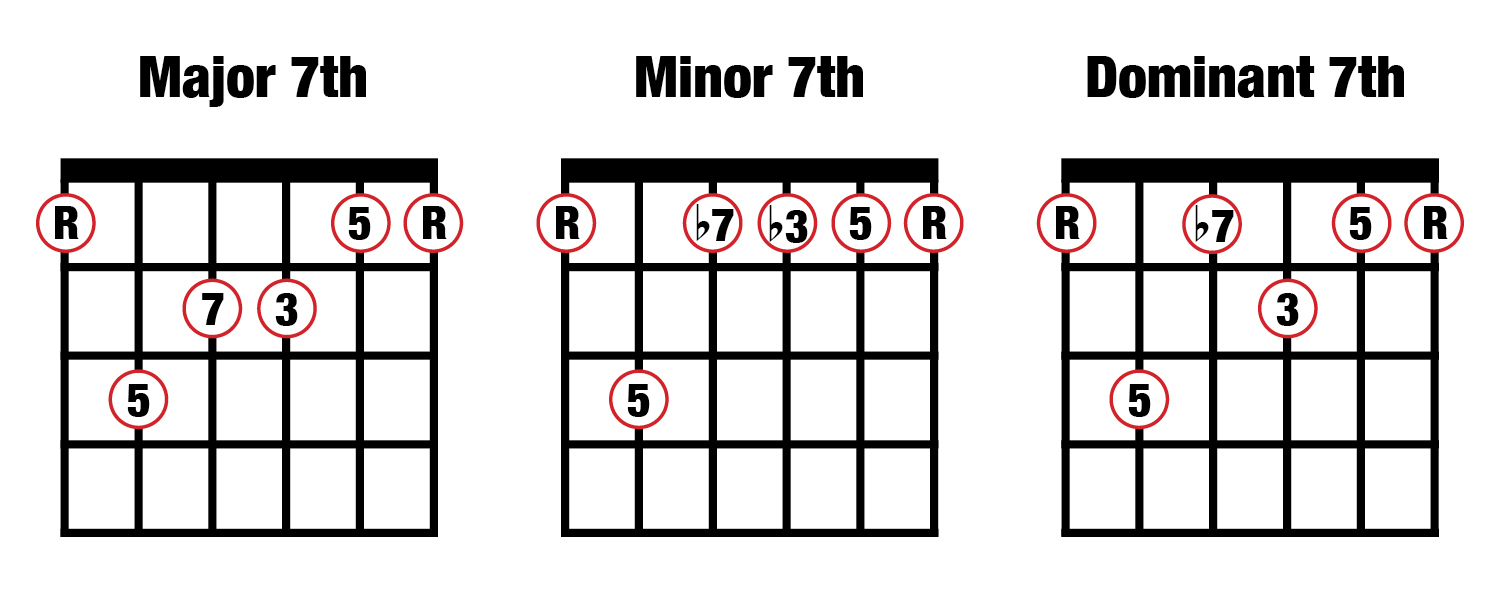
All languishing, longing, sighing of the love-sick soul lies in this key.Ī leering key, degenerating into grief and rapture. Its character is: innocence, simplicity, naïvety, children's talk.ĭeclaration of love and at the same time the lament of unhappy love. (See Piano's Ivory Cage) One of the most influential descriptions of characteristics shared in German-speaking cultures in the late 18th and early 19th century was from from Christian Schubart's Ideen zu einer Aesthetik der Tonkunst (1806):Ĭompletely Pure. When equal temperament became the dominant tuning after 1917, the aural quality of every key became the same, and therefore these affective characteristics are mostly lost to us. Although these characteristics were, of course, subjective, it was possible to conceive of each key as unique because each key actually sounded distinct within unequal temperaments. We lose a part of the meaning of their music if we are ignorant of their affective choices. When Mozart or Beethoven or Schubert wrote a piece in a Ab major, for example, they were well aware of this was the 'key of the grave' and knew that many in their audiences were as well.

It was part of the shared cultural experience of those who made, performed and listened to music. The association of musical keys with specific emotional or qualitative characteristic was fairly common prior to the 20th century.


 0 kommentar(er)
0 kommentar(er)
